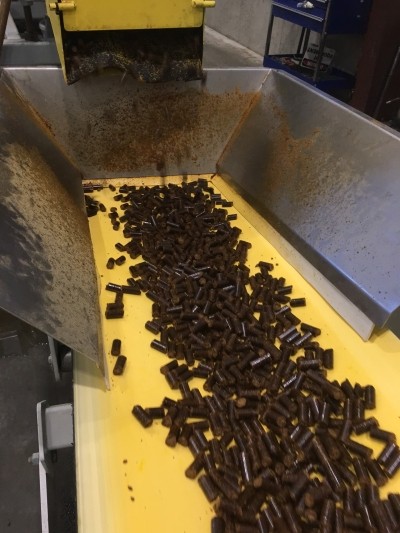EU manufacturers debate ways to improve animal feed
year, European feed manufacturers are meeting today in Brussels to
focus on identifying ways to improve the nutritional content of
products of animal origin and the feeding strategies used by the
bloc's farmers.
The issues will be debated at the annual general meeting of the European Feed Manufacturers' Federation ( FEFAC), which represents 20 national feed associations in 19 EU member states as well as associations in Switzerland, Bulgaria and Norway.
FEFAC will also prepare a general recommendation for the industry outlining guidelines on animal nutrition and its relation to healthier foodsfor the consumer. The organisation is moving to meet the EU's concerns about the issue, especially as the EU's new feed hygiene regulations will take effect on 1 January 2006.
Regulation (EC) No 183/2005 (the feed hygiene regulation) was adopted on 8 February 2005 with the purpose of strengthening feed safety, in particular in relation to feed traceability and the operational standards of feed businesses.
The directive will govern feed importers, agricultural merchants, food businesses selling co-products for feed use and the majority of farms. All animal feed products will require approval or registration.The new directive will replace Council Directive 95/69/EC, which provided for the approval and registration of feed businesses involved in the manufacture, use or marketing of specified feed additives.
Since the beginning of the 1990 BSE crises, a number of EU measures have been adopted on the production of animal-based feed ingredients. Now the EU has banned the use of any meat and bone meal in feedused for animals meant for human consumption. The import or export of meat and bone meal for use in animal feed is under a temporary ban. The ban does not include fishmeal, which may be used as feed for animals other than ruminants.Other laws cover what other additives may or may not be used in animal feed.
According to FEFAC its members produced 139.7m tonnes of compound feed in 2004 in the 25 EU countries, a fall of 1.5 per cent from 2003. Feed production for cattle fell by three per cent and forpigs fell by 1.5 per cent.
The animal feed industry is the main consumer of cereals in the EU, accounting for 44 per cent of the total feed materials used in member countries. Oilseed meals account for 27 per cent of thetotal feed materials.







